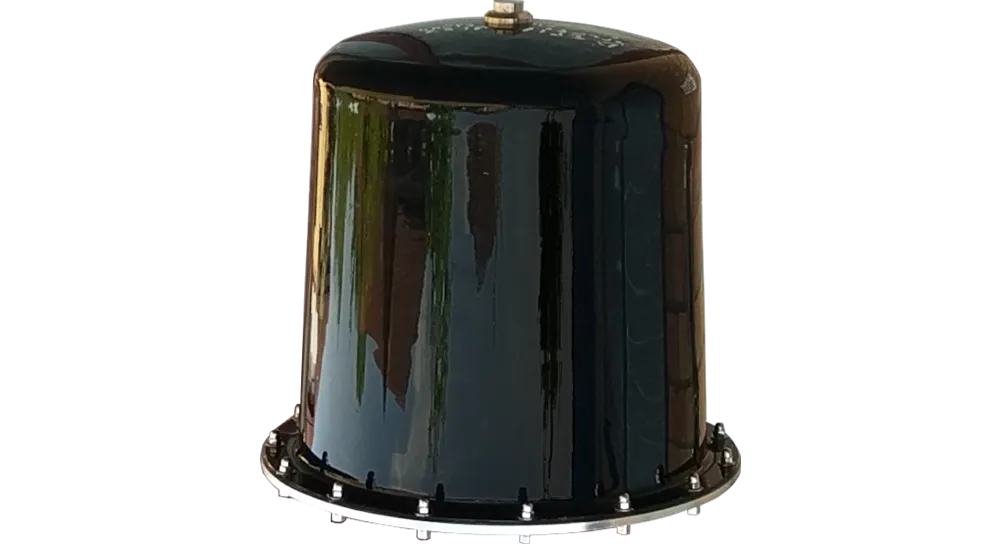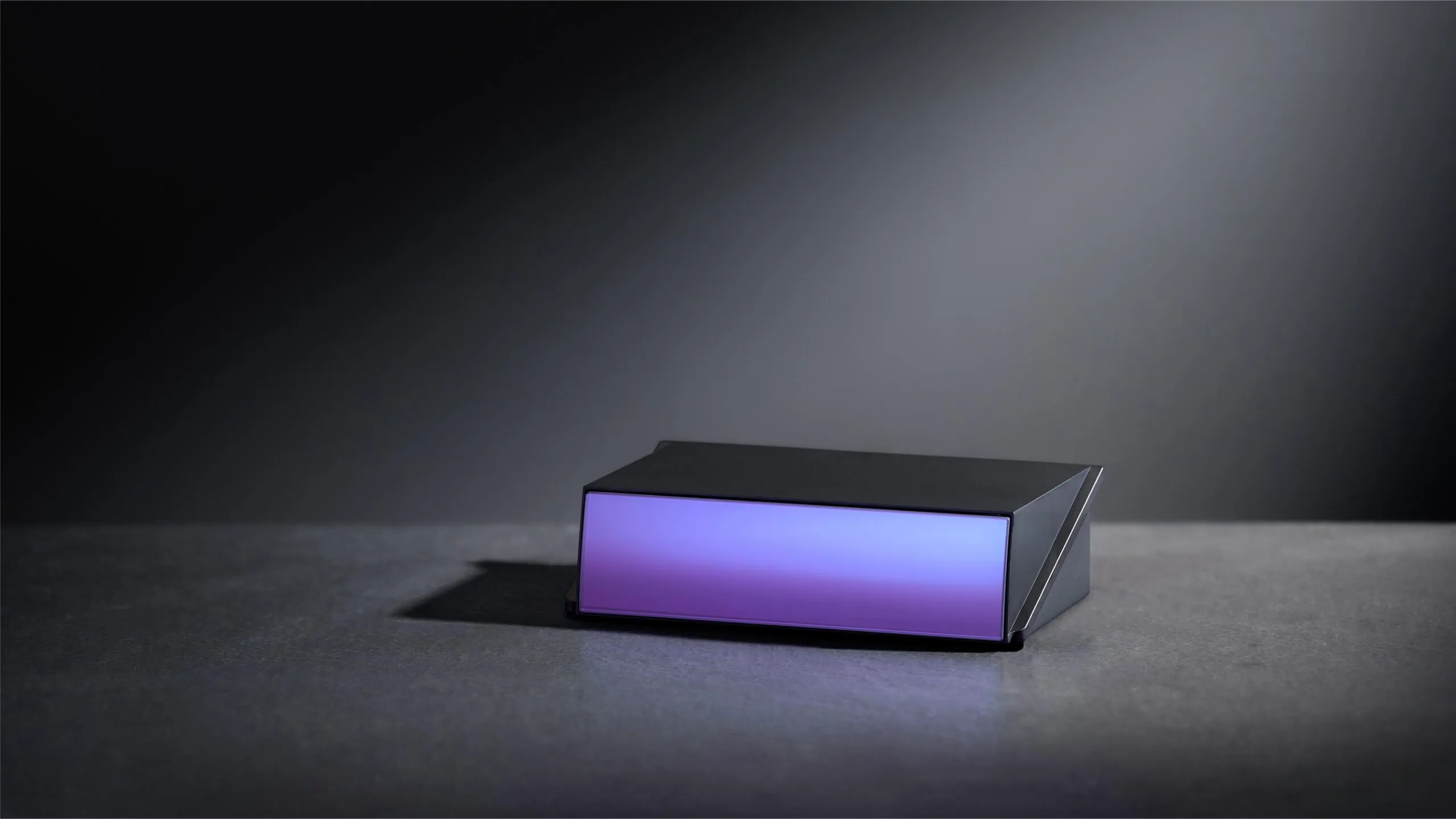Weather measuring equipment manufacturer Lufft has launched StaRWIS, a new easy-to-install and compact stationary sensor for road weather information systems based on a non-invasive, spectroscopic measuring standard. Designed for hard-to-reach or critical locations, the sensor is installed at a height between five and six metres and provides road and dew point temperatures, water film height, road conditions (dry, wet, ice, snow, critical and chemically wet), relative humidity, ice percentage and friction.
July 26, 2017
Read time: 1 min
Weather measuring equipment manufacturer
Designed for hard-to-reach or critical locations, the sensor is installed at a height between five and six metres and provides road and dew point temperatures, water film height, road conditions (dry, wet, ice, snow, critical and chemically wet), relative humidity, ice percentage and friction.
In November 2017, a firmware update will expand the capabilities to include the freezing point temperature and dew point density.









